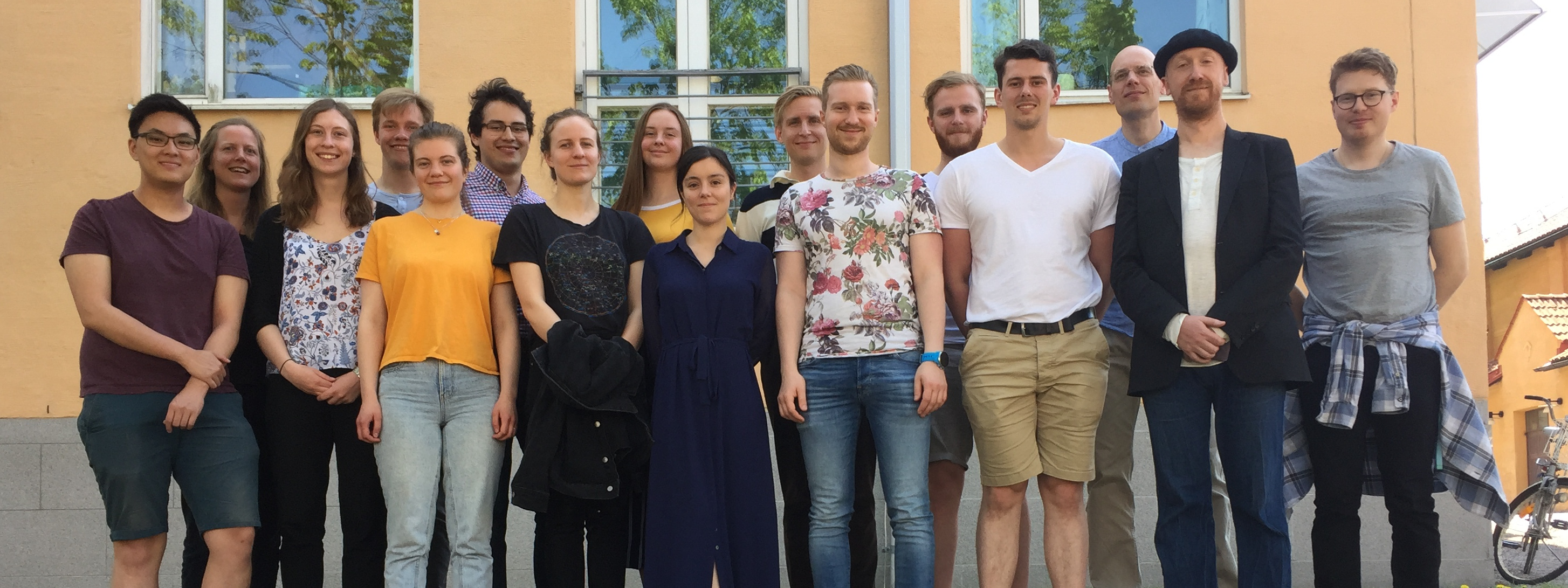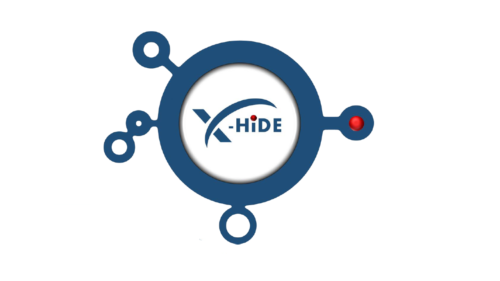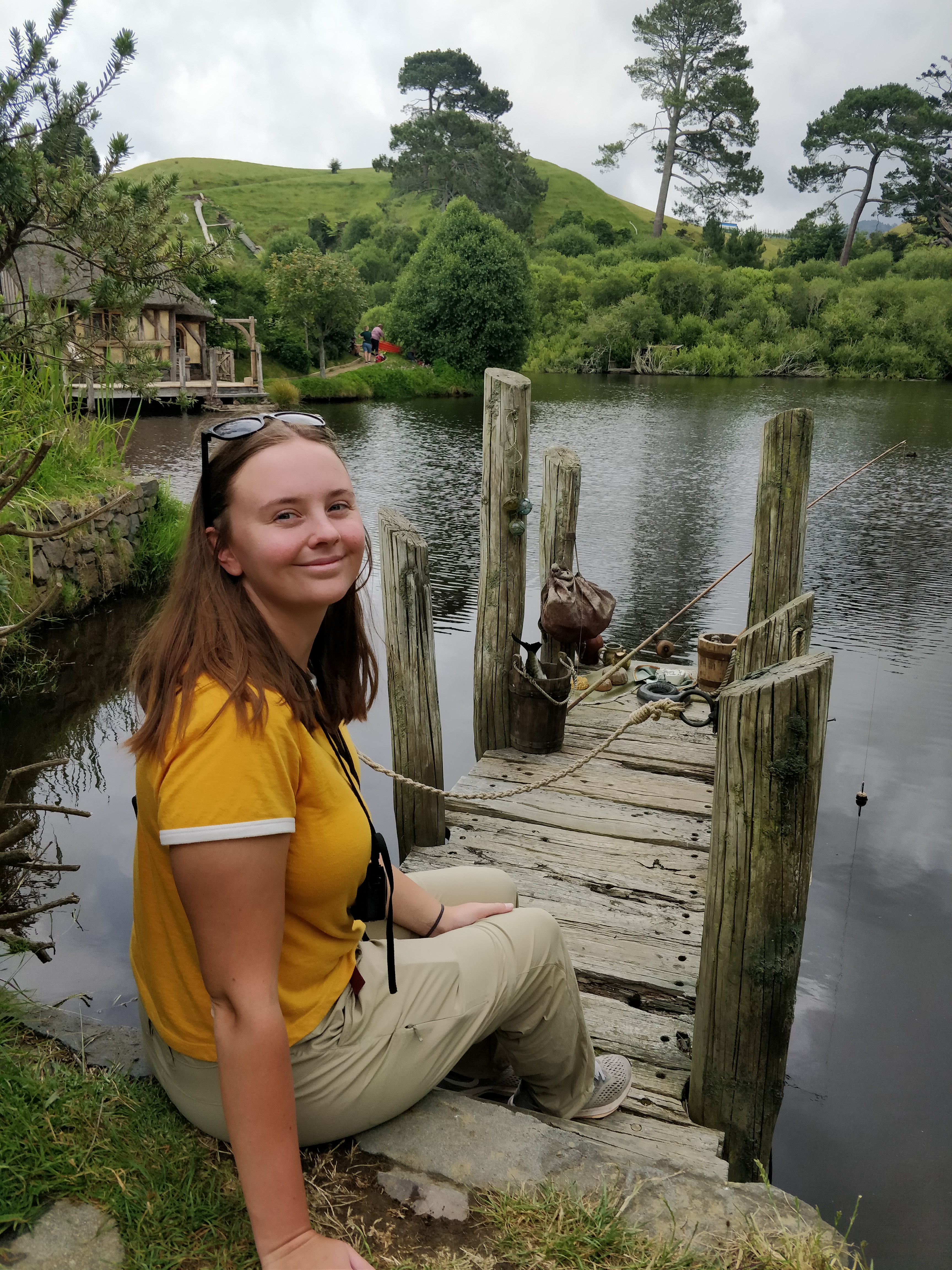We are looking for a programmer to work on the interface for
the digital twin project. Please spread to anyone
you think would be a good match!
Ansök här / Apply here
Here is a short film about the Digital Twin project.
Our work
with the new digital twin technology – an interactive computer model,
describing the multi-organ, and multi-timescale biochemistry and physiology of
a specific person – has now led to a first prototype which is almost ready to
be tested in a clinical environment. However, to be able to do that, we need to
have suitable user interface, and this is where you come in!
In english:
“We are looking for someone experienced in working with
programming, visualisation, software architecture, and user friendliness.
Submitting a sample of previous work with you application will increase your
chances, in particular apps and software projects that includes visualisation.
You are interested in design and you are an attentive listener who can work in
a group setting to interpret the best solution to what researchers, clinical
personnel and private users need.
Your tasks will primarily be development of the front-end
software for research and clinical environments, focusing on visualisation and
app-design. ISB group at IMT have developed a so called Digital Twin, computer
model copies of a patient, which will function as support for the Health
Conversation. We have a few previously developed prototypes, but now we need
someone to help us make a version with a user interface suitable for testing in
clinical studies. You will work mostly with the coding of the software, but
some design and user interaction and evaluation is also included.”
På svenska:
“Vi söker nu någon som har erfarenhet av att arbeta
med programmering, visualisering, mjukvaruarkitetktur och användarvänlighet.
Tidigare arbetsprov av egna utvecklade appar och andra mjukvaruprojekt,
speciellt sådana som inkluderar en visualiseringskomponent, är en viktig del av
bedömningen. Du är antagligen intresserad av design och en god lyssnare som kan
arbeta i grupp och tolka vad både forskare, vårdpersonal och privata användare
behöver.
Dina arbetsuppgifter kommer bestå i framför allt arbete
med att utveckla front-end mjukvara för en vetenskaplig och klinisk miljö, med
fokus på visualisering och app-design. I ISB-group på IMT har vi utvecklat en
så kallad Digital Tvilling, datorkopior av en patient, som ska fungera som stöd
i vårdens hälsosamtal. Vi har tidigare utvecklat ett par prototyper, men
behöver nu någon som gör en första mer färdig version av användargränssnittet
att testa i kliniska studier. Du kommer att arbeta mycket med själva
kodningen av mjukvaran, men en del design och användarinteraktion ingår
också. “
If you have any
questions, please contact Karin Lundengård at karin.lundengard@liu.se








